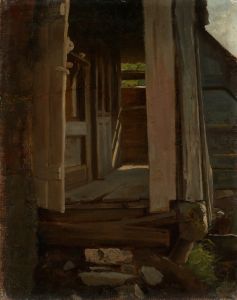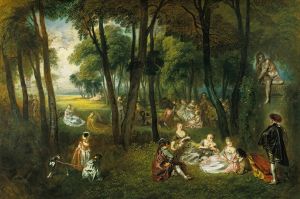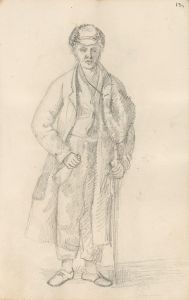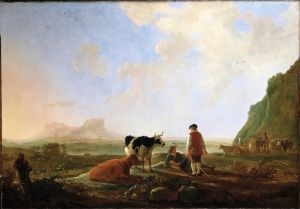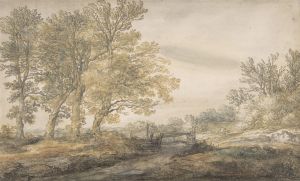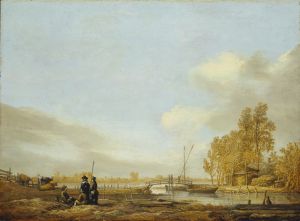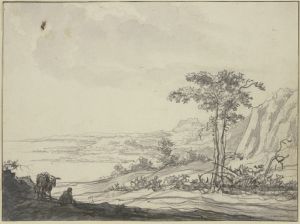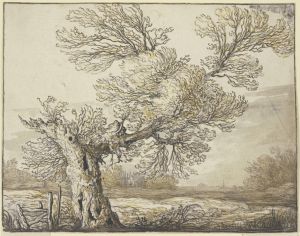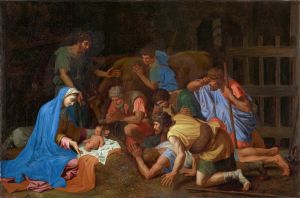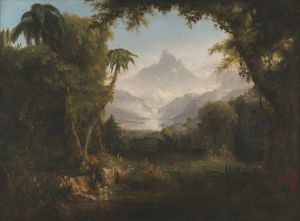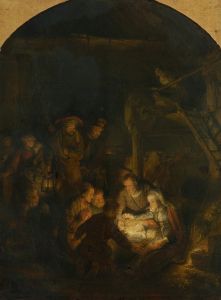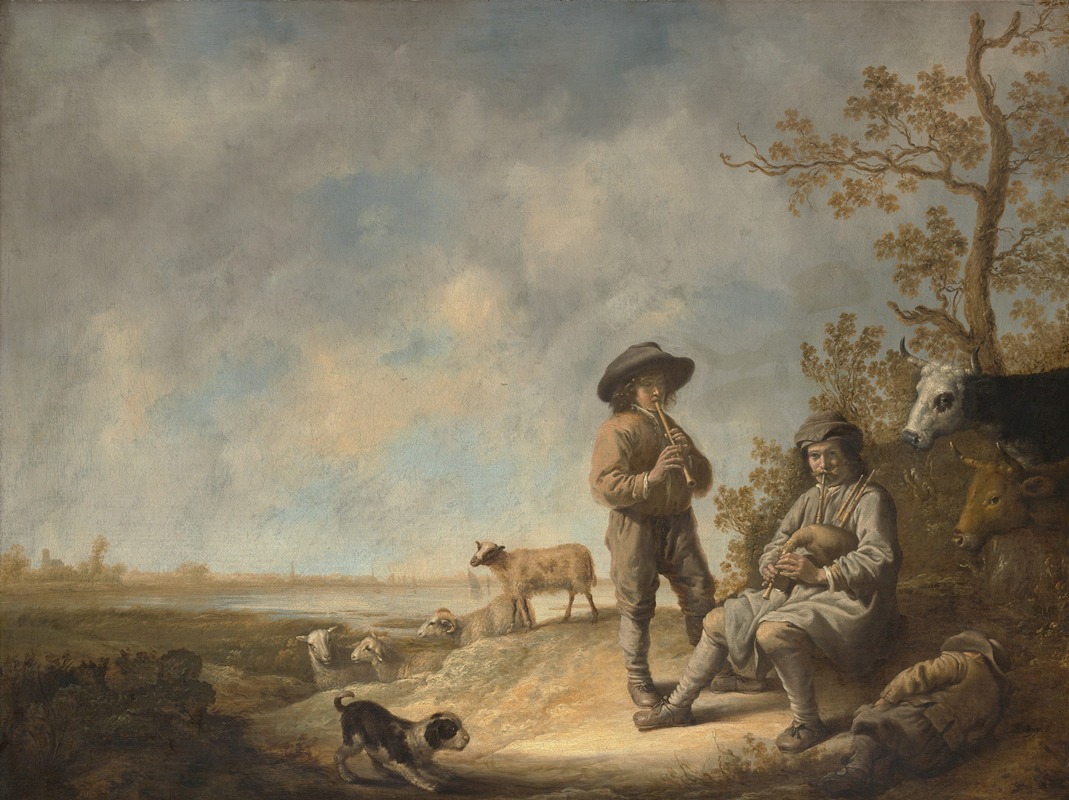
Piping Shepherds
A hand-painted replica of Aelbert Cuyp’s masterpiece Piping Shepherds, meticulously crafted by professional artists to capture the true essence of the original. Each piece is created with museum-quality canvas and rare mineral pigments, carefully painted by experienced artists with delicate brushstrokes and rich, layered colors to perfectly recreate the texture of the original artwork. Unlike machine-printed reproductions, this hand-painted version brings the painting to life, infused with the artist’s emotions and skill in every stroke. Whether for personal collection or home decoration, it instantly elevates the artistic atmosphere of any space.
Aelbert Cuyp was a prominent Dutch landscape painter of the 17th century, known for his idyllic and pastoral scenes that often depicted the serene Dutch countryside. One of his notable works is "Piping Shepherds," a painting that exemplifies his skill in capturing the tranquil beauty of rural life.
"Piping Shepherds" is a quintessential example of Cuyp's ability to blend landscape and genre painting. The artwork typically features shepherds, often accompanied by their flock, set against a luminous and expansive landscape. Cuyp's use of light is particularly noteworthy; he was adept at capturing the golden glow of the early morning or late afternoon sun, which bathes the scene in a warm, atmospheric light. This technique not only adds depth and dimension to the painting but also imbues it with a sense of peace and harmony.
The composition of "Piping Shepherds" is carefully balanced, with the figures of the shepherds and their sheep often placed in the foreground, drawing the viewer's eye into the scene. The background typically features rolling hills, distant trees, and a vast sky, which together create a sense of openness and tranquility. Cuyp's attention to detail is evident in the way he renders the textures of the landscape, from the soft grass underfoot to the fluffy clouds overhead.
Cuyp's paintings, including "Piping Shepherds," reflect the influence of the Italianate style, which was popular among Dutch painters of his time. This style is characterized by a warm color palette, a focus on the effects of light, and an idealized portrayal of nature. Cuyp was also influenced by the work of Jan Both and Claude Lorrain, both of whom were known for their landscape paintings that combined naturalism with classical elements.
The pastoral theme of "Piping Shepherds" is a common motif in Cuyp's work, reflecting the 17th-century Dutch appreciation for the countryside and rural life. During this period, the Netherlands was experiencing a time of economic prosperity and cultural flourishing, known as the Dutch Golden Age. This era saw a growing interest in landscape painting, as the Dutch people took pride in their land and its beauty.
Cuyp's ability to convey the peaceful coexistence of humans and nature in "Piping Shepherds" resonates with viewers, offering a glimpse into a simpler, more harmonious way of life. His paintings were highly regarded during his lifetime and continue to be celebrated for their technical mastery and evocative charm.
Today, "Piping Shepherds" is appreciated not only for its aesthetic qualities but also for its historical significance as a representation of 17th-century Dutch art. Cuyp's work remains influential, and his paintings are held in high esteem by art historians and collectors alike. His ability to capture the essence of the Dutch landscape and the quiet dignity of rural life ensures that "Piping Shepherds" remains a beloved piece in the canon of Western art.





